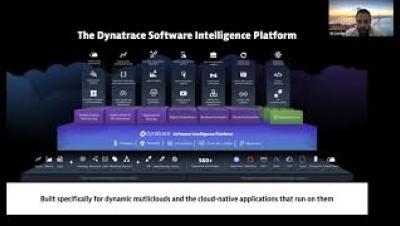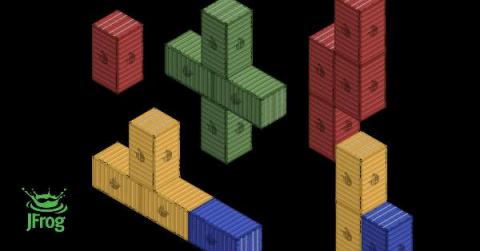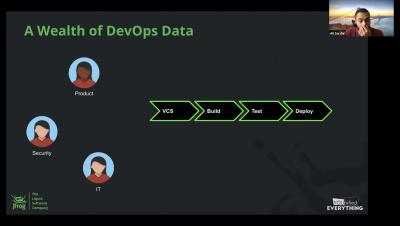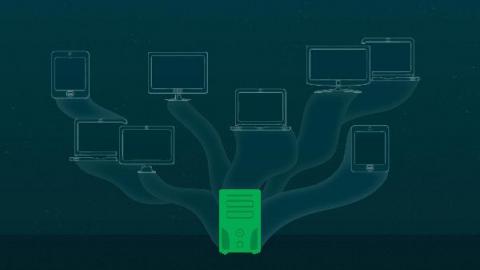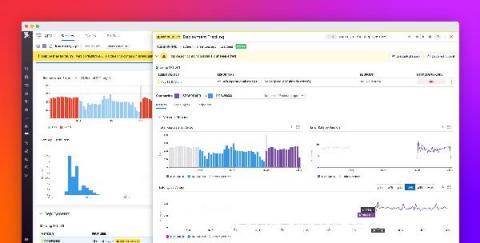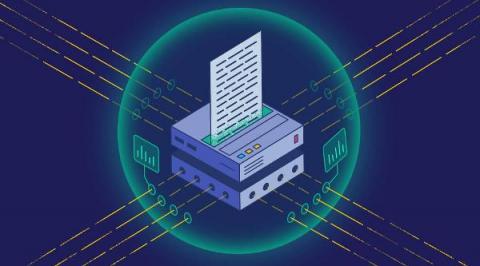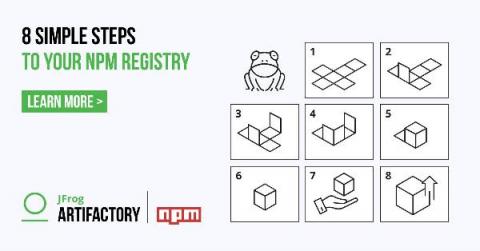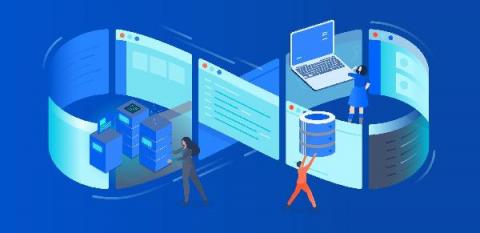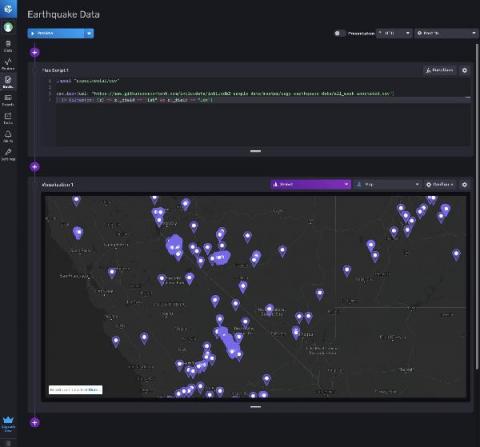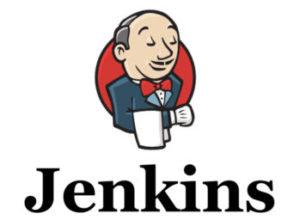Operations | Monitoring | ITSM | DevOps | Cloud
August 2021
Deploying your Gradle Build Cache Node using GCP
This tutorial is a follow-up to TurboCharging your Android Gradle builds using build cache . The key focus of this post is the remote build cache, a build speed acceleration technology that can be implemented for both local and CI builds. This is a technology worth knowing about because: Gradle provides a build cache node available as a Docker image. You can host this image in a number of ways.
Scanning Dependencies in your sources using JFrog CLI and Xray
The More the Merrier: Multi-Arch Docker Manifests with Buildx and Artifactory
It's Time to Get Hip to the SBOM
Monitoring Your Software Supply Chain On Kubernetes With Datadog And JFrog
The Confident Commit ep. 9 | Amplifying your organizational expertise with Marko Gargenta
Top 6 benefits of virtualization
Virtualization has been with us since the 1960s. In computer science terms, it is about as old as the hills. Yet this old-school idea has never been more relevant. We all know hardware is expensive. Despite the cost, many businesses squander their precious processing power. All too often, a “one server, one purpose” mindset leads IT departments to waste server capacity. With virtualization, we leave this myopic view of server management in the dust.
Release code confidently with Automatic Faulty Deployment Detection
Modern software development teams use CI/CD tools to ship features quickly and rely on best practices like shift-left testing to find application errors before they become user-facing bugs. But you still face the risk that any code you deploy could contain errors that your testing did not surface. To help you deploy with confidence and mitigate the effects of a bad deployment, Datadog APM now provides Automatic Faulty Deployment Detection.
Simplifying App Deployments for Developers - A Short History from Timesharing to Serverless
Functional browser testing with Puppeteer
Most interactions with a web application occur at the browser. Users search items, fill forms, create shopping carts, log into their profiles, and perform many other tasks. Unit tests are great, but nothing beats testing an application by interacting with the user-facing frontend. In this tutorial, you will learn and demonstrate how to write tests for the browser using Puppeteer . You will then take this a step further by automating the testing process in a continuous integration flow.
How to protect your secrets with Spectral and JFrog Pipelines
An exciting update on diff and merge performance
Spot's journey with Argo Rollouts
Modern, cloud-based software development lifecycles have quickly evolved from waterfall and are fully embracing the agile principles of DevOps. As part of this shift, continuous delivery practices have been adopted, giving organizations the capability to deliver and release code faster and more frequently than ever before. CI/CD tools bring velocity — code is always ready to be deployed, enabling organizations to commit multiple times a day.
Adding Observability to your CI/CD pipeline in CircleCI
In modern software systems, it is common for several developers to work on the same project simultaneously. Siloed working with infrequent merging of code in a shared repository often leads to bugs and conflicts that are difficult and time-consuming to resolve. To solve this problem, we can adopt continuous integration.
DevOps 101: Introduction to CI/CD
No Internet? No Problem. Use Artifactory with an Air Gap - Part I
Create a continuous deployment pipeline for Django applications
Django is the most popular web development framework for the Python programming language. Its design facilitates rapid development without compromising on the standards of professionally built applications. It is free, open source, uses the Model-View-Template architectural pattern, and encapsulates a lot of boilerplates to enable developers churn out web apps quickly.
How to set up a Private, Remote and Virtual npm Registry
Stories from the Trenches: Hipchat - Developers Doing Deploys
It's official! Announcing Runners in Bitbucket Pipelines
Bitbucket Pipelines Runners - Demo Den - August 2021
Navigating the Artifact Jungle, Where Development Meets Delivery
The Confident Commit ep. 8 | Embedding Empathy in Your Software Development ft. Andrea Goulet
A Policy Change To Prevent Abuse on JFrog Cloud
Use InfluxDB with GitHub Actions for GitOps, CI/CD, and Data Transformation
GitHub Actions are a powerful way to add automation to any source code repository. When you take that power and connect it with InfluxDB, you get an amazing combination that allows you to automate data generation, manage GitOps workflows, and a whole lot more. This post will highlight some of the interesting ways to use InfluxDB and GitHub Actions.
Override Jenkins default executor configuration for more control over cloud infrastructure
The Spot Jenkins plugin allows Jenkins to manage Elastigroups, enabling users to run servers with spot instances and take advantage of the other Elastigroup features. It’s a powerful integration that Spot is continuously improving in order to give our users even more control over their application infrastructure.
Integrating Speedscale with Jenkins
Minimizing and automating the path from development and production is necessary in order to stay competitive and keep customers happy. As engineering teams strive to solve this by quickly and efficiently rolling out new features, updates, and bug fixes, continuous integration and deployment (CI/CD) has come to be regarded as an industry best practice. One of the most popular CI/CD solutions is Jenkins, an open-source job execution system.


